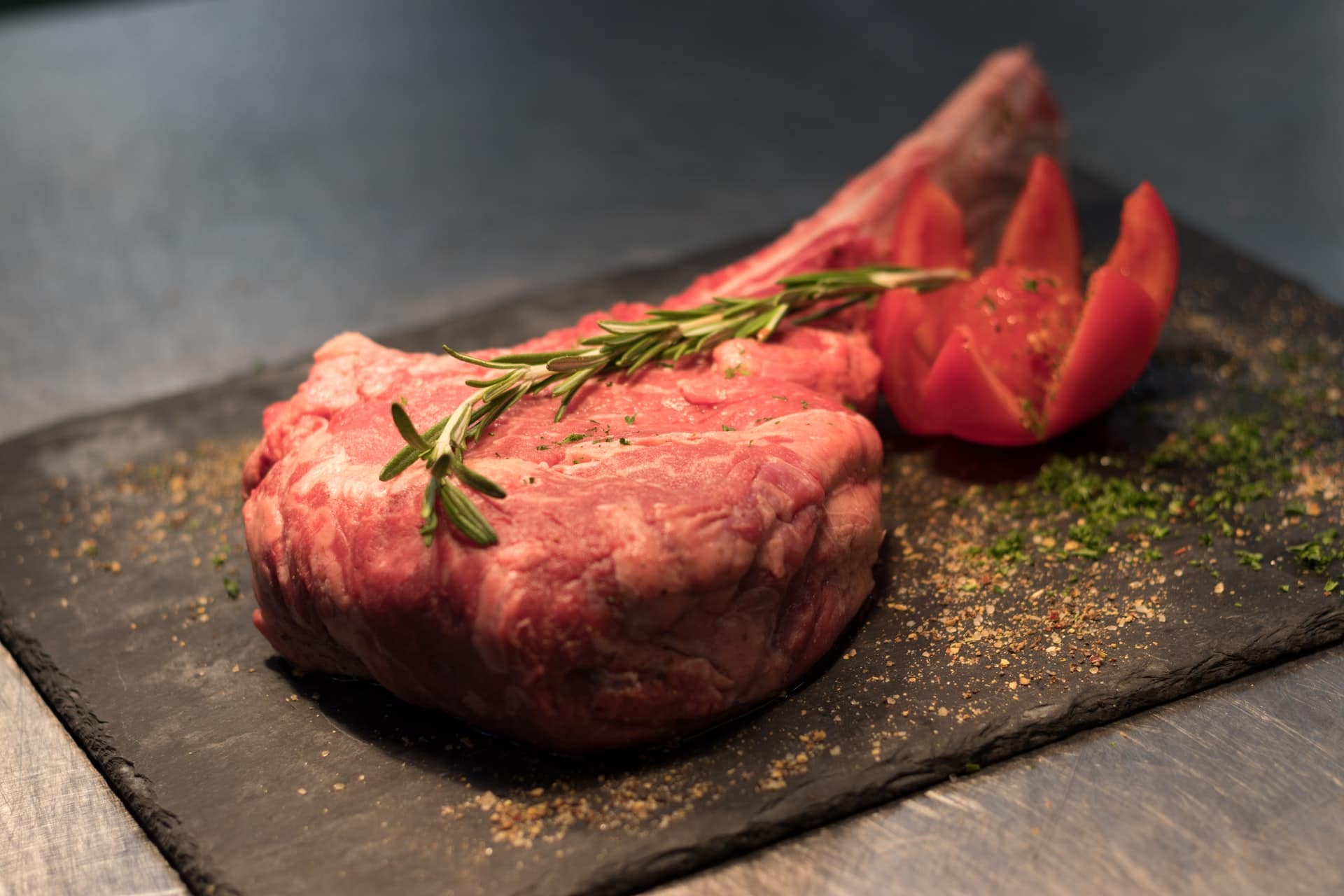If you are confused as to what lamb meat is called, or why goat meat is also called mutton, tune in to our blog today and find out why these meat types are sometimes mixed up, and what the names genuinely stand for.
The Difference Between Meat and Mutton
Is mutton a goat or sheep?
Technically speaking, lamb meat comes from young sheep that is no more than one year old. When sheep turn two, the more aged meat is called “hogget” instead of lamb.
Lamb is a term associated with the tender, flavorful meat of young sheep. People from Australia and New Zealand correctly differentiate lamb from mutton. Outside these two regions, the terminology begins to change.
What is mutton meat made of?
Regional differences make the names of the meat confusing. In some Caribbean areas, meat from goats is called goat mutton or just plain “mutton.” This is confusing for anyone who knows that mutton is the meat of sheep.
To be more accurate, the original meaning of mutton is any female or male sheep with a pair of permanent incisors. By age, mutton from sheep will always be older than a year old (usually two years old).
Marketing terms have made it even more challenging to determine the age of the meat, because many brands and supermarkets use the generic term “lamb” to describe meat from sheep, when in fact, lamb should only refer to young sheep. The veritable stretching done for marketing purposes means that when you buy “lamb” in the supermarket, it can either be real lamb or hogget or mutton.
A distinction between lamb and prime lamb has to be made, which is of a different quality of meat. Prime lamb is derived from young sheep that are bred specifically for meat. Categorizing meat by age is often the best way to get the meat that you want.
How do I buy the best mutton and lamb?
When you are buying lamb, ask for meat that is from sheep that is generally less than a year old. Lamb meat, precisely because it comes from young sheep, will have little fat on it.
The color is going to be mostly pink, and sometimes with light shades of red. Spring lamb is sheep that is younger than three months old. This is the most tender meat you can get from sheep, but the flavor will be very mild compared to year-old lamb.
If you are buying mutton, ask for any meat from sheep that is more than a year old. The best type of mutton comes from sheep that have grown to at least three years old. In sharp contrast to lamb and spring lamb, sheep mutton has bright red meat with larger quantities of fat, not just one thin layer of it.
Mutton has more robust flavors than lamb, and if you aren’t used to eating two-year-old or three-year-old meat, you might be taken aback by the meat.
Don’t worry – if you consume it regularly enough, you will get used to the deeper flavors, and we daresay you are going to enjoy sheep mutton more than other kinds of meat.
There are also variations of mutton and lamb in the market based on where the sheep were raised. For example, saltbush mutton from Australia is sheep that are fed Atriplex plants.
Saltmarsh lambs, on the other hand, are fed grasses that tolerate higher salt content. When sheep have a saltier diet, the flavors of the meat are enhanced, and the value of the mutton or lamb also increases. The same goes for Tasmanian saltgrass lambs that are fed similar grass as salt marsh lambs.
When you buy lamb, the best types of slices revolve around the rack, the shoulder roast, and the tender leg of the lamb. If you are a stickler for details, look for lamb or grain-fed spring lamb. The more fat there is on the meat, the better the experience while cooking and consuming it.
Dry-brining is the easiest way to tenderize meat. Dry-brine lamb or mutton about forty minutes before you intend to cook it, so the proteins will be a little broken down before you set the meat to the flames. A variety of methods can be used to cook mutton and lamb, including roasting and grilling. If you are thinking of serving lamb chops, go for grilling or light a barbecue and set the tender pieces of lamb chops on the grill for the most delicate lamb meat ever.
Sheep mutton is more appropriate for more extended cooking methods like stewing. Mutton will naturally be more robust than lamb meat because it came from older sheep. Please do not cover the pot when stewing it so that you will have moist cuts of meat with a nice brown layer outside.
What does mutton taste like?
Mutton from sheep has a more profound and somewhat gamier flavor compared to lamb. If you have ever had lamb in a restaurant, you will be able to make the distinction immediately. In terms of potency or strength in the flavor, mutton is comparable to tender cuts of beef. Recipes that call for slowly-tenderized sheep are often better than lamb, so the two, despite the difference in age, are of equal value to the culinary community.
Is goat meat red meat?
If you have known mutton as goat meat all your life, this may have crossed your thoughts. Is goat meat red meat? The answer is yes, goat meat is red meat, but it has lower cholesterol and is generally healthier for the body compared to other kinds of red meat. Goat meat occupies a class of its own in terms of texture and flavor. Many chefs say that comparing goat to lamb is a bad qualifier because these two don’t taste like one another. Many say that there is a delicious earthiness to goat meat that makes it perfect for recipes calling for more in-depth and more vibrant meat flavors.

